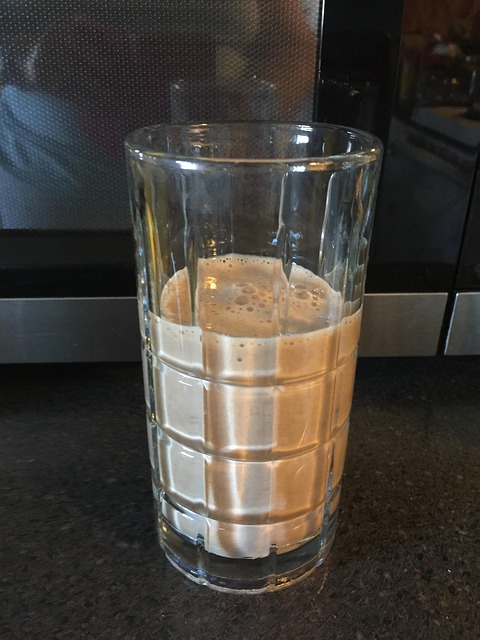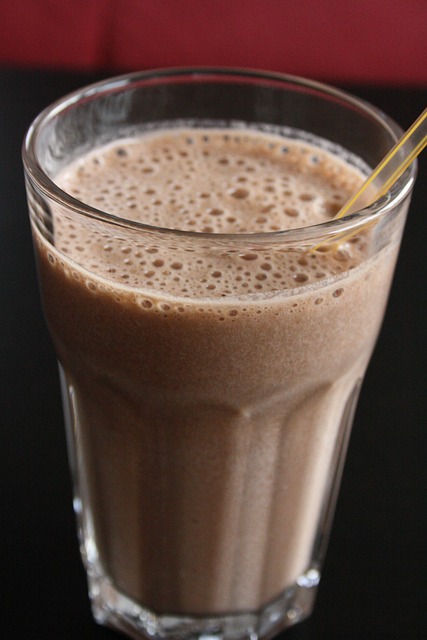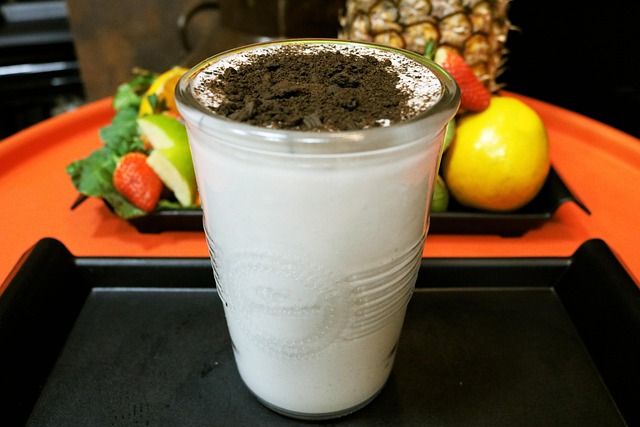Protein has become a booming market, with supermarket shelves now crowded with products proudly advertising their high protein content. Whether derived from traditional foods such as meat and dairy or from more processed options like cereals and pasta, protein is everywhere. For those seeking alternative sources – including gym-goers, vegans and anyone supplementing their diet – protein powders are often the go-to solution. However, a troubling new investigation suggests that some of these powders may contain more than consumers bargained for: traces of lead. The discovery has prompted a key question – how concerned should people be?
++ The peregrine falcon: nature’s fastest killer in the skyThe peregrine falcon: nat
A recent analysis by Consumer Reports, an independent US non-profit organisation that evaluates consumer goods, examined the composition of 23 protein powders and ready-made shakes. The findings, released in October, were unsettling. Over two-thirds of the products contained more lead in a single serving than the organisation’s own safety experts consider acceptable for daily intake. Even more alarming, several powders contained as much as ten times Consumer Reports’ recommended daily limit.
On the surface, these appear to be dangerously high levels of a toxic metal. Yet it is important to note that Consumer Reports adopts an extremely conservative threshold of 0.5 micrograms (μg) per day. By contrast, the US Food and Drug Administration (FDA) sets its daily intake limit at 12.5μg.
Why such a stark mismatch?
According to Dr Kathrin Schilling, assistant professor of environmental health sciences at Columbia University, Consumer Reports may be attempting to fill a regulatory void. In the US, protein powders are categorised as dietary supplements rather than food or medicine. As such, they fall under the Dietary Supplement Health and Education Act of 1994 (DSHEA), which requires far less rigorous oversight.
“Supplements in the US have no federal limits for heavy metals, and manufacturers aren’t obliged to prove their products are safe before they reach consumers,” Schilling explains. “Given the evidence showing there is no safe level of lead exposure, Consumer Reports may have set its own targets based purely on health protection.”
In the UK and across Europe, the situation differs. Protein powders are regarded as food products, meaning they must comply with standard food-safety regulations, including routine contamination checks. But does this guarantee that British products are entirely free from lead?
“No,” Schilling says. “Even with tighter regulation, trace amounts can still appear.”
Lead is exceptionally hazardous, with no safe exposure level, according to both the World Health Organization (WHO) and decades of environmental health research. The heavy metal can cause severe damage to organs including the brain, liver, kidneys and heart. Its risks are well-documented. A major study of 14,000 US adults, published in The Lancet Public Health, found that individuals with the highest blood lead levels were 37 per cent more likely to die from any cause, and 70 per cent more likely to die from heart disease, than those with the lowest levels.
++ Power and finesse: the monkey that bites like a jaguar
Likewise, the WHO estimated that excessive lead exposure contributed to more than 300,000 stroke deaths worldwide in 2019. Lead damages the lining of blood vessels, contributing to inflammation, plaque build-up and high blood pressure – key factors in cardiovascular disease.
Part of the danger lies in how long lead stays in the body.
“Once it enters, it accumulates in bones, teeth and soft tissues,” Schilling says. “It can remain stored in the skeleton for 10 to 30 years, slowly leaching back into the bloodstream.”
Even tiny amounts – measured in micrograms – can cause harm, particularly because the body expels lead extremely slowly. Over time, daily low-level exposures can build up to problematic concentrations. Consumer Reports’ investigation also noted that the powders with the highest lead levels (up to 7.7μg per serving) were plant-based. Schilling says this is not surprising.
“Plants such as peas, soy and hemp absorb metals from the soil. If the soil or water is contaminated, the plants will take it up as they grow,” she explains. “When these crops are processed into powders, the metal content becomes concentrated. This pattern fits what Consumer Reports found, though their study only included 23 products, and we don’t know where the crops were grown.”
Unfortunately, humans are exposed to environmental lead in much the same way. Old infrastructure, historic use of leaded petrol, industrial emissions and ageing paint continue to contaminate soil, air and water.
“Lead lingers in dust, soil and older buildings,” Schilling notes. “It still enters our homes and food supply. Completely eliminating exposure is virtually impossible.”
A 2019 FDA study estimated that the average American adult consumes up to 5.3μg of lead per day through food alone. Adding a contaminated protein powder could unintentionally push consumers above recommended limits.
Worryingly, high lead levels in US protein powders are not new. “Reports like this have surfaced before, but little has changed,” Schilling says. “This isn’t about one company – it’s a systemic issue related to contamination and weak oversight.”
So, should consumers be anxious?
“Protein powder is just one part of the bigger picture,” Schilling emphasises. “The message isn’t to panic over a single shake, but to recognise that small amounts of lead from multiple sources can accumulate. Stronger regulations are essential to keep heavy metals out of products people rely on every day.”





